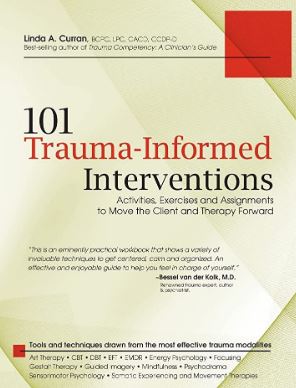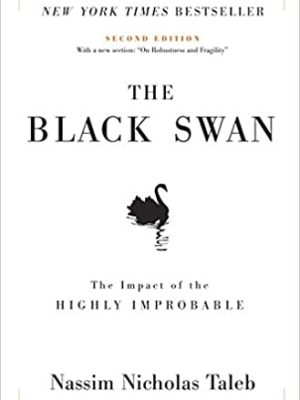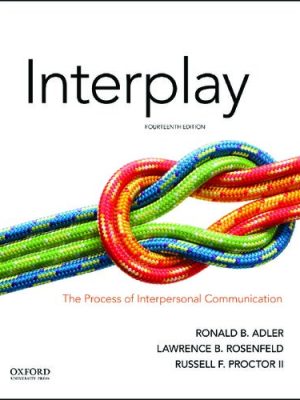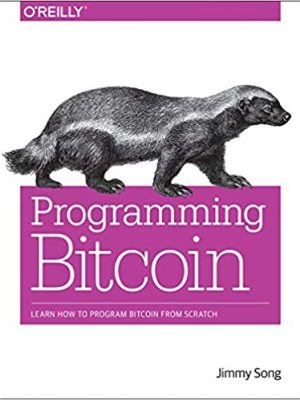Description
Visible Learning and the Science of How We Learn by John Hattie, ISBN-13: 978-0415704991
[PDF eBook eTextbook]
- Publisher: Routledge; 1st edition (October 4, 2013)
- Language: English
- 368 pages
- ISBN-10: 0415704995
- ISBN-13: 978-0415704991
On publication in 2009 John Hattie’s Visible Learning presented the biggest ever collection of research into what actually work in schools to improve children’s learning. Not what was fashionable, not what political and educational vested interests wanted to champion, but what actually produced the best results in terms of improving learning and educational outcomes. It became an instant bestseller and was described by the TES as revealing education’s ‘holy grail’.
Now in this latest book, John Hattie has joined forces with cognitive psychologist Greg Yates to build on the original data and legacy of the Visible Learning project, showing how it’s underlying ideas and the cutting edge of cognitive science can form a powerful and complimentary framework for shaping learning in the classroom and beyond.
Visible Learning and the Science of How We Learn explains the major principles and strategies of learning, outlining why it can be so hard sometimes, and yet easy on other occasions. Aimed at teachers and students, it is written in an accessible and engaging style and can be read cover to cover, or used on a chapter-by-chapter basis for essay writing or staff development.
The book is structured in three parts – ‘learning within classrooms’, ‘learning foundations’, which explains the cognitive building blocks of knowledge acquisition and ‘know thyself’ which explores, confidence and self-knowledge. It also features extensive interactive appendices containing study guide questions to encourage critical thinking, annotated bibliographic entries with recommendations for further reading, links to relevant websites and YouTube clips. Throughout, the authors draw upon the latest international research into how the learning process works and how to maximise impact on students, covering such topics as:
-
- teacher personality;
-
- expertise and teacher-student relationships;
-
- how knowledge is stored and the impact of cognitive load;
-
- thinking fast and thinking slow;
-
- the psychology of self-control;
-
- the role of conversation at school and at home;
-
- invisible gorillas and the IKEA effect;
-
- digital native theory;
- myths and fallacies about how people learn.
This fascinating book is aimed at any student, teacher or parent requiring an up-to-date commentary on how research into human learning processes can inform our teaching and what goes on in our schools. It takes a broad sweep through findings stemming mainly from social and cognitive psychology and presents them in a useable format for students and teachers at all levels, from preschool to tertiary training institutes.
Table of Contents:
1. Why don’t students like learning at school? The Willingham thesis; 2. Is knowledge an obstacle to teaching?; 3. The teacher-student relationship; 4. Your personality as teacher: Can your students trust you?; 5. Time as a global indicator of classroom learning; 6. The recitation and the nature of classroom learning; 7. Teaching for automaticity in basic academic skill; 8. The role of feedback; 9. Acquiring complex skills though social modelling and explicit teaching; 10. Just what does expertise look like?; 11. Just how does expertise develop?; 12. Expertise in the domain of classroom teaching; 13: How knowledge is acquired; 14. How knowledge is stored in the mind;l 15. Does learning need to be conscious? What is the hidden role of gesture?; 16. The impact of cognitive loa; 17. Your memory and how it develops; 18. Mnemonics as sport, art, and instructional tools; 19. Analysing your students’ style of learning; 20. Multitasking: A widely held fallacy; 21. Your students are digital natives. Or are they?; 22. Is the Internet turning us into shallow thinkers?; 23. How does music affect learning?; 24. Confidence and its three hidden levels; 25. Self-enhancement and the dumb-and-dumber effect; 26. Achieving self-control; 27. Neuroscience of the smile: A fundamental tool in teaching; 28. The surprising advantages of being a social chameleon; 29. Invisible gorillas, inattentional blindness, and paying attention; 30. Thinking fast and thinking slow – your debt to the inner robot; 31. IKEA, effort, and valuing
What makes us different?
• Instant Download
• Always Competitive Pricing
• 100% Privacy
• FREE Sample Available
• 24-7 LIVE Customer Support
 Mechanics and Physics of Solids at Micro- and Nano-Scales 1st Edition, ISBN-13: 978-1786305312
Mechanics and Physics of Solids at Micro- and Nano-Scales 1st Edition, ISBN-13: 978-1786305312  The Handbook of Law and Society, ISBN-13: 978-1118701461
The Handbook of Law and Society, ISBN-13: 978-1118701461  Hormones, Brain and Behavior (3rd Edition) – eBook
Hormones, Brain and Behavior (3rd Edition) – eBook  A How To Guide For Medical Students Michael J. Englesbe, ISBN-13: 978-3319428956
A How To Guide For Medical Students Michael J. Englesbe, ISBN-13: 978-3319428956  James Stewart’s Calculus: Early Transcendentals (8th edition) – eTextBook
James Stewart’s Calculus: Early Transcendentals (8th edition) – eTextBook  Pharmacotherapeutics for Advanced Practice Nurse Prescribers (4th Edition)
Pharmacotherapeutics for Advanced Practice Nurse Prescribers (4th Edition)  Williams Obstetrics 24th Edition, ISBN-13: 9780071798938
Williams Obstetrics 24th Edition, ISBN-13: 9780071798938  Fundamentals of Information Systems Security (3rd Edition) – eBook
Fundamentals of Information Systems Security (3rd Edition) – eBook  101 Trauma-Informed Interventions Linda Curran, ISBN-13: 978-1936128426
101 Trauma-Informed Interventions Linda Curran, ISBN-13: 978-1936128426  Managerial Accounting (16th Edition) – eBook
Managerial Accounting (16th Edition) – eBook  Leadership: Theory and Practice (7th Edition) – eBook
Leadership: Theory and Practice (7th Edition) – eBook  Understanding Business (12th edition) – PDF – eTextBook
Understanding Business (12th edition) – PDF – eTextBook  Principles of Anatomy and Physiology (15th Edition) – eBooks
Principles of Anatomy and Physiology (15th Edition) – eBooks  Physics for Scientists and Engineers 6th Edition Volume 1 by Paul A. Tipler, ISBN-13: 978-0716789642
Physics for Scientists and Engineers 6th Edition Volume 1 by Paul A. Tipler, ISBN-13: 978-0716789642  The Black Swan: The Impact of the Highly Improbable, ISBN-13: 978-1400063512
The Black Swan: The Impact of the Highly Improbable, ISBN-13: 978-1400063512 

















Reviews
There are no reviews yet.